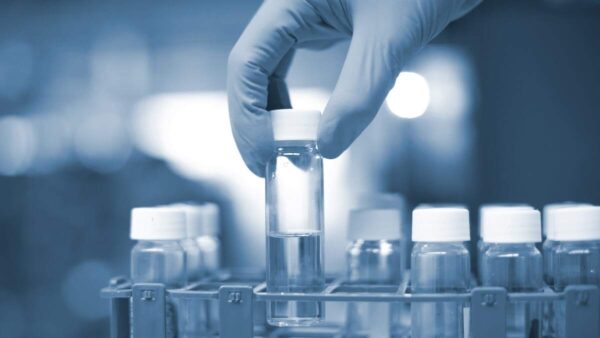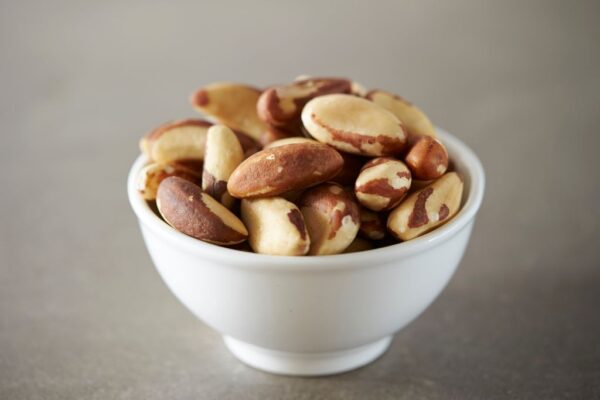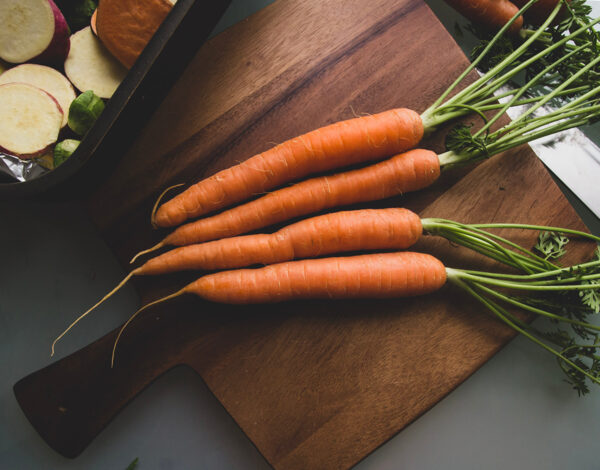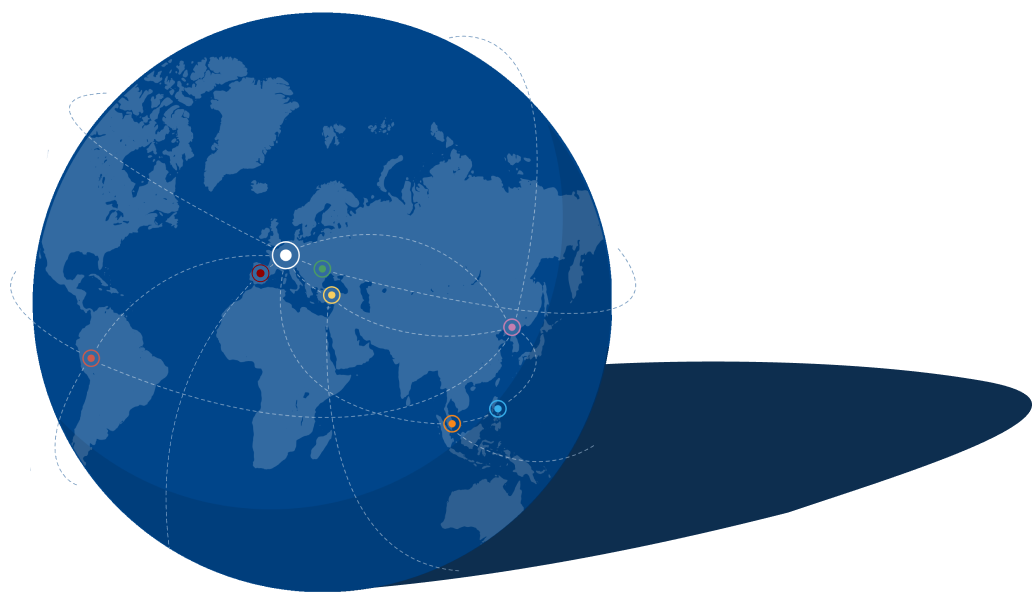Phosphane
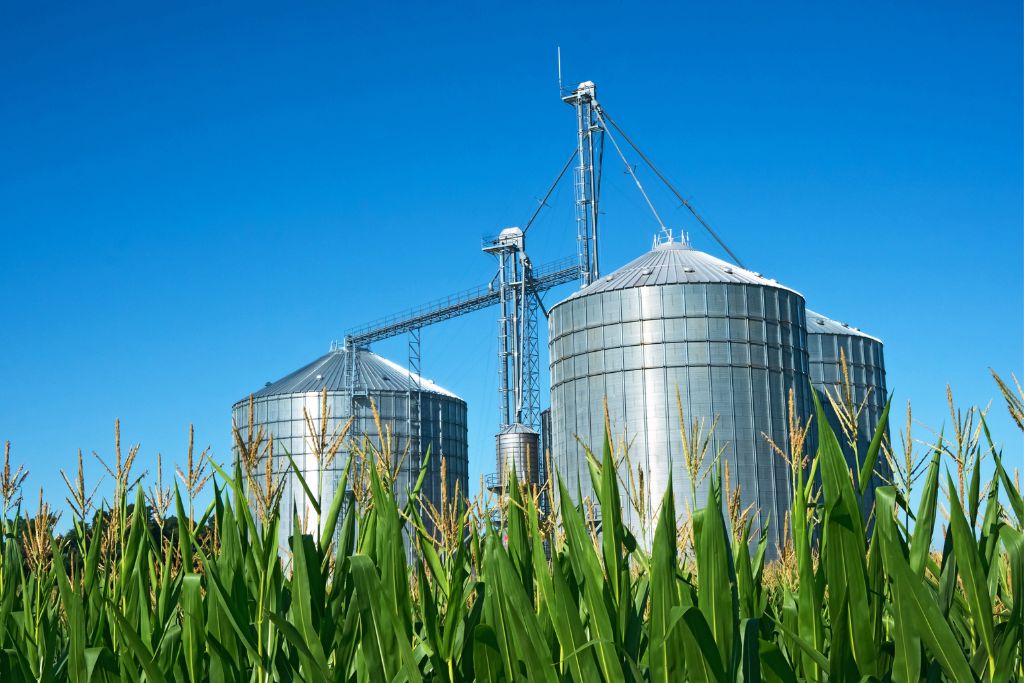
What is Phosphane?
Phosphane or phosphorus hydride (PH3) is applied as fumigant to kill storage pests in ware houses or containers. This procedure is legitimate for conventional food, however, for organic foods it causes a problem.
Legal Background
In Germany phosphane, respectively phosphides, are authorised for the treatment of stored cereals, many dried foods like coffee, cocoa, spices, dried fruits, oilseeds or as bait (zinc phosphide) for voles. The application of phosphane is not authorised for organic farming. According to EU Council regulation 834/2007, no residues must be detected in organic foods. As an indication that no application took place, the orientation value of 10 µg/kg of BNN (Bundesverband Naturkost Naturwaren) is used for assessment in Germany. According to Bio Suisse, in Switzerland organically farmed cereals with a content above 1 µg/kg are rejected by authorities.
Analysis
The determination of phosphane at GALAB is carried out with a robust headspace-GC-method with mass spectrometric detection. With this extremely sensitive method we reach a limit of quantification of 0.001 mg/kg phosphane in food.
Further Information
This might also interest you
Parameters & Analytical Methods
-
State-of-the-Art Analysis
We constantly update our spectrum of parameters to the latest developments in the food analysis sector and offer state-of-the-art analytical methods for the safety of your products.
-
Comprehensive multi-methods
We are constantly expanding our range of services in order to be able to guarantee you a comprehensive range of analyses. We offer multi-methods for mycotoxins, dioxin analysis or molecular biological analysis for GMOs and allergens. The GALAB Pesticide500Plus® multi-method can even be used for difficult matrices such as spices and herbs.
-
Constant development
If you cannot find the parameter/analysis you are looking for here, please do not hesitate to contact us. Our research and development department implements your requirements and specifications cost-efficiently and with a high quality standard.
-
Quality Policy
GALAB Laboratories has implemented a quality management system to allow for optimum service for their customers. It is our goal to establish close relations to customers by customer satisfaction. Therefor quick reactions to customers’ specific needs as well as considerations for quality demands of the market are necessary. We strive to provide comprehensive and professional advice to our customers. Learn more
Get in touch, we will help you.


